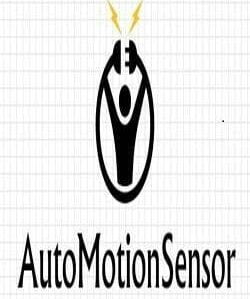Table of Contents
What is a humidity sensor?
A humidity sensor is a device that measures/calculates the amount of moisture or water vapor present in the air. Humidity-sensors are used in a variety of applications and places, for example weather forecasting, environment control systems, Agriculture industry, Horticulture, Storage, transportation, Food processing and industrial processes etc.
There are several different types of humidity sensors. Some common types of humidity-sensors based on their working principle are capacitive, resistive, and infrared humidity-sensors. Below is the DHT-11 Temperature and humidity sensor which is widely used in DIY (Do it yourself) projects based on Arduino, Raspberry Pi and ESP modules. It is a cheap and easily available sensor, specially for measuring temperature and humidity.

How does a humidity sensor work?
A humidity-sensor works on the basis of its construction or material used to make the sensor.
Capacitive humidity sensors- It work on the ability of a material to store an electrical charge (capacitance). A thin layer of material, such as a polymer or ceramic, that is coated with a metal electrode etc. is used for making this type of sensor. As the humidity level changes, the capacitance of the material also changes, and this change can be measured to determine the humidity level.
Capacitive humidity-sensors are often used in applications where high accuracy is needed. They are known for their stability and reliability. One big disadvantage of this sensor is that it is temperature sensitive.
Resistive humidity sensors-This type of sensor are of low cost and easy to make. It works by measuring the resistance of a thin film of material, such as a polymer, etc. As the humidity level changes, the resistance of the film also changes, and this change can be measured to determine the humidity level. This type of sensor is generally less accurate and less reliable over a long period of time.
Infrared humidity sensors-This type of humidity-sensor switch works by measuring the absorption of infrared radiation by water molecules in the air. The sensor emits an infrared beam, and the amount of infrared radiation that is absorbed by the water molecules is measured to determine the relative humidity level.
All the above three types of relative humidity sensor switches are used to measure the humidity as per their characteristics and requirement in different conditions.
How to calibrate humidity sensor?
Calibration of any testing equipment is an important part for its precise working. There are different methods of calibrating a humidity-sensor. But the best and simple one is by having the comparison. In this method, the sensor is placed in a known humidity environment, and the output of the sensor is compared to the output of a reference humidity sensor that has already been calibrated. If the sensor being calibrated is not reading accurately, it can be adjusted until its output matches the reference sensor.
Or simply change the faulty humidity-sensor. As, there are very few humidity-sensors available in the market which comes with the facility of calibrating. If still option are available to calibrate, you must refer your user manual.
Conclusion
I hope the above article has thrown some light about humidity-sensors, its types and working. Humidity is an important factor whose monitoring is very essential in many fields. If you have something more to ask, you can ask in the comment section. You may get some affiliate links in this article and if you purchase something using the link, I may get a commission, which will definitely help me to run this knowledgeable website. Thanks for your support and keep advising me for the improvements to this website.

